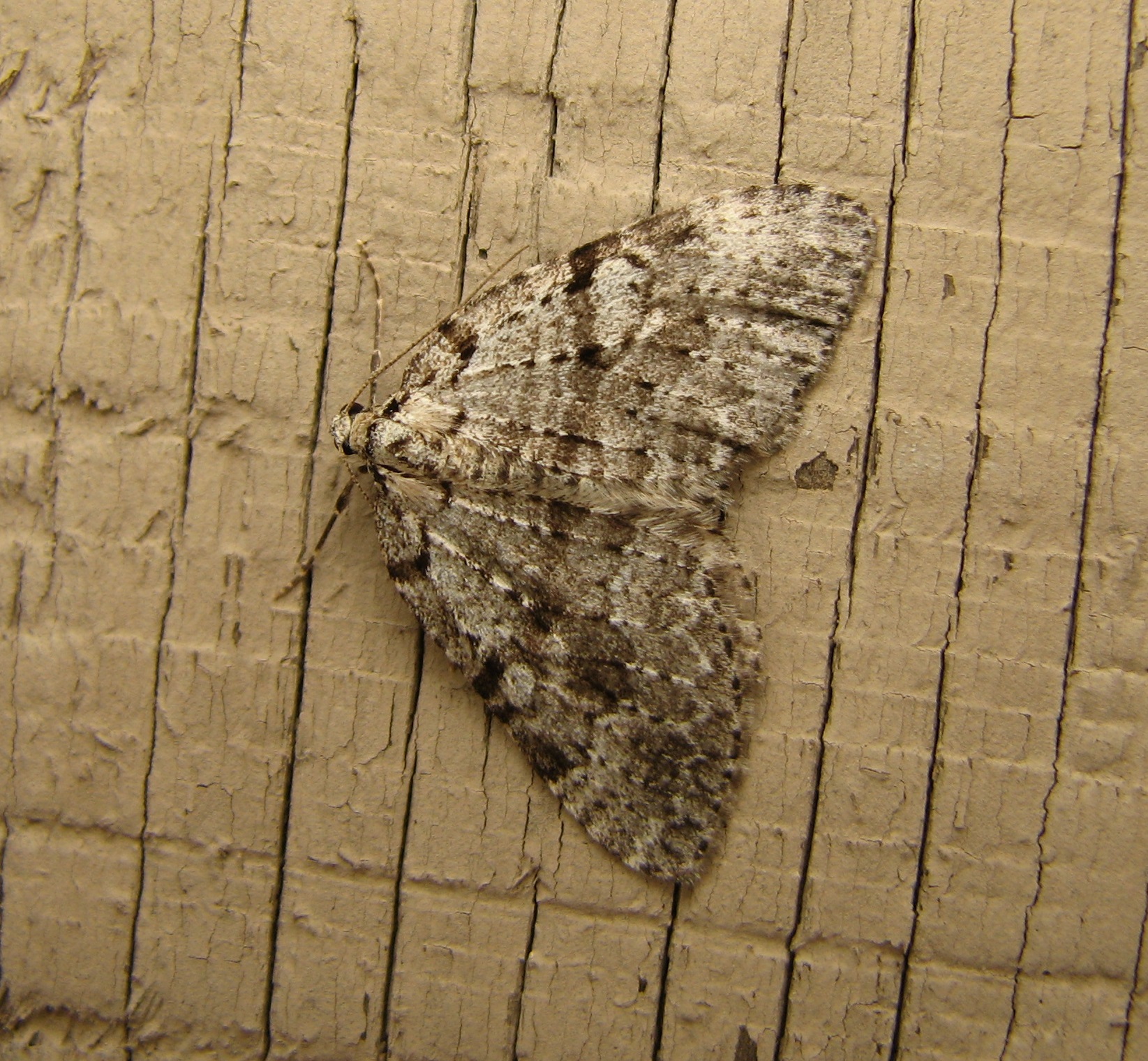|
Hydriomenini
Hydriomenini is a Tribe (biology), tribe of Geometridae, geometer moths under subfamily Larentiinae. The tribe was erected by Edward Meyrick in 1872. Recognized genera *''Anachloris'' Meyrick, 1885 *''Anomocentris'' Meyrick, 1891 *''Aponotoreas'' Craw, 1986 *''Carptima'' Pearsall, 1906 *''Ceratodalia'' Packard, 1876 *''Cyclica'' Grote, 1882 *''Ersephila'' Hulst, 1896 *''Eurhinosea'' Packard, 1873 *''Eutrepsia'' Herrich-Schäffer, [1855] *''Grossbeckia'' Barnes & McDunnough, 1912 *''Hammaptera'' Herrich-Schäffer, 1855 *''Hydriomena'' Hübner, 1825 *''Melitulias'' Meyrick, 1891 *''Monostoecha'' Fletcher, 1979 *''Notoreas'' Meyrick, 1885 References *"Tribus Hydriomenini Meyrick, 1872" ''BioLib''. External links * Hydriomenini, Moth tribes {{Larentiinae-stub ... [...More Info...] [...Related Items...] OR: [Wikipedia] [Google] [Baidu] |
Larentiinae
Larentiinae is a subfamily of moths containing roughly 5,800 species that occur mostly in the temperate regions of the world. They are generally considered a subfamily of the geometer moth family (Geometridae) and are divided into a few large or good-sized tribes, and numerous very small or even monotypic ones which might not always be valid. Well-known members are the "pug moths" of the Eupitheciini and the "carpets", mainly of the Cidariini and Xanthorhoini. The subfamily was described by Philogène Auguste Joseph Duponchel in 1845. Systematics and description Morphological and DNA sequence data indicate that they are a very ancient lineage of geometer moths; they might even be distinct enough to warrant elevation to full family status in the superfamily Geometroidea. They share numerous plesiomorphic traits – for example at least one areola in the forewing, a hammer-shaped ansa of the tympanal organ and the lack of a gnathos – with the Sterrhinae which ar ... [...More Info...] [...Related Items...] OR: [Wikipedia] [Google] [Baidu] |
